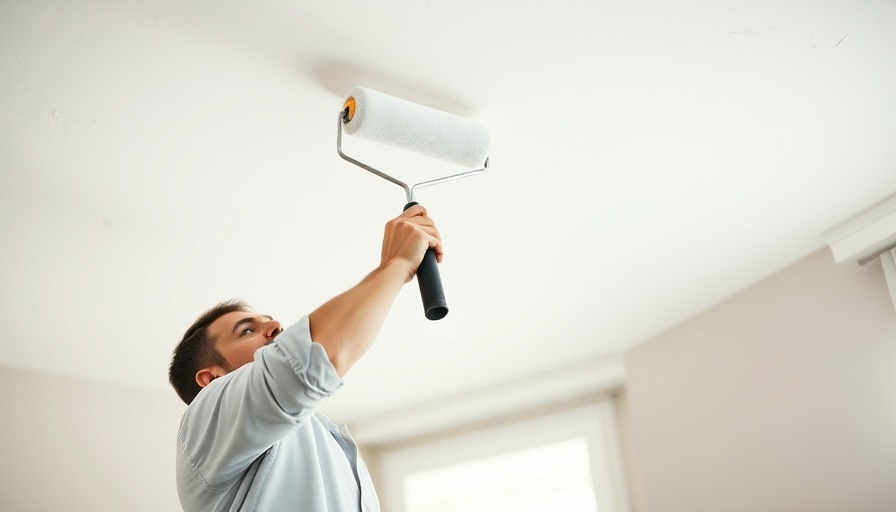
Transform Your Ceilings: Simplified Painting Tips
Painting a ceiling can seem like a daunting task, often leading many to shy away from taking on the project themselves. However, with the right approach and techniques, anyone can transform their ceilings into a stunning focal point. The key is not just in the application but also in the preparation, tools, and methods used to ensure a professional finish. Let's explore some pro tips that will make painting your ceiling easier and help you accomplish a beautiful result.
Preparation Is Key: Setting Up for Success
The first step to a successful ceiling painting job is thorough preparation. Before anything else, clear the room as much as possible, moving furniture out of the way or covering it with drop cloths to protect against splatters. A clean workspace sets the foundation for your painting project.
Next, inspect the ceiling for dust or grime that could affect paint adhesion. A quick clean can make all the difference. If there are imperfections like cracks or stains, now is the time to address those with spackle or a stain-blocking primer. According to tips from both Home Depot and The DIY Lighthouse, applying a stain-blocking primer is essential for concealing stubborn stains caused by water damage or smoke.
Choosing the Right Tools and Paint
Selecting the correct paint for your ceiling is critical. It’s recommended to use a specialized ceiling paint that has a flat finish to minimize glare. The DIY Lighthouse points out that ceiling paint not only reduces spattering but is also formulated for optimal coverage. A roller with a nap suited for the texture of your ceiling is essential too. For smooth ceilings, a 1/2-inch nap works best, while textured ceilings might require a thicker 3/4-inch nap.
Don't overlook the necessity of a good-quality extension pole for your roller; it can save you from neck strain and allows for easier reach in high places. An angled brush should also be on hand for cutting in around edges and fixtures before rolling the main area.
Techniques for a Flawless Application
Now that you're prepped and ready with the right tools, it's time to paint. Start by “cutting in” at the edges of the ceiling using your angled brush. This method ensures that the roller can cover most of the brush strokes, leading to a more uniform finish.
When rolling on paint, it’s wise to work in small sections of about 5 square feet. This technique keeps your edges wet and helps in avoiding lap marks. Rolling in alternating directions—first in one direction and then at a right angle—enhances coverage and consistency.
Post-Painting: The Finishing Touches
Once the painting is done, allow the ceiling to dry according to the manufacturer’s instructions before applying any necessary second coats. It's likely that uneven patches will need touching up, especially if your ceiling is a lighter color than the original.
Finally, removal of painter’s tape is a satisfying task that reveals the neat lines between your ceiling and walls, highlighting the hard work you've put in.
Why Painting Your Ceiling Matters
A fresh coat of paint on your ceiling not only brightens up the space but also contributes to the overall ambiance of your home. Whether you go for classic white or a bold color, painting your ceiling can drastically change the perception of the room's dimensions and style. It reflects care for your living space, enhancing both its aesthetic and market value.
Embrace the Challenge: Your Ceiling Awaits
Painting your ceiling might have seemed like an overwhelming task, but with preparation, the right tools, and effective methods, it can be an enjoyable DIY project. Don’t hesitate to bring life to those forgotten areas of your home. Happy painting!
 Add Row
Add Row  Add
Add 




Write A Comment